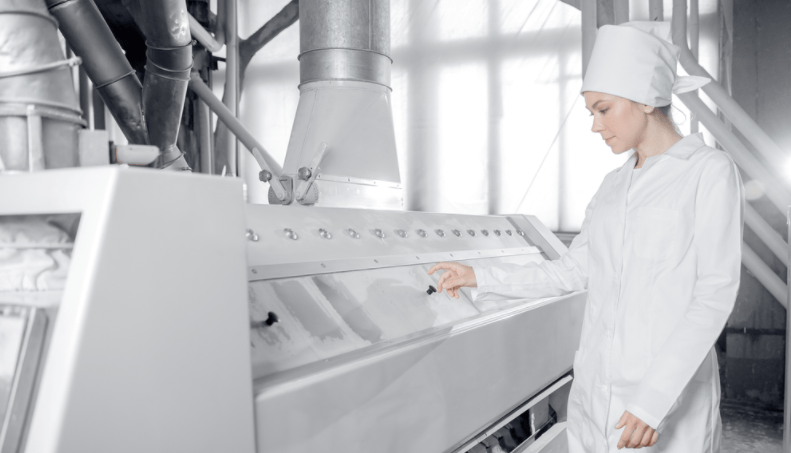Drying equipment is classified in different ways, according to design and operating features or based on the mode of operation, such as batch or continuous. In the case of the batch dryer, the material is loaded into the drying equipment and drying proceeds for a given period of time, whereas, in the case of the continuous mode, the material is continuously fed to the dryer and dried material is continuously discharged. In some cases, a vacuum may be used to reduce the drying temperature. Some dryers can handle almost any kind of material, whereas others are severely limited in the size and style of feed they can accept.
Drying equipment also can be categorized according to the physical state of the feed such as wet solid, liquid, and slurry, and the type of heating system i.e. conduction, convection, radiation. Heat may be supplied by direct contact with hot air at atmospheric pressure, and the water vaporized is removed by the air flowing. Heat may also be supplied indirectly through the wall of the dryer from a hot gas flowing outside the wall or by radiation.
Dryers can also be classified on the basis of exposure to the material to be dried. Dryers exposing the solids to a hot surface with which the solid is in contact are called adiabatic or direct dryers, while when heat is transferred from an external medium it is known as non[1]adiabatic or indirect dryers. Dryers heated by electric, radiant, or microwave energy are also non-adiabatic. Some units combine adiabatic and non-adiabatic drying; they are known as direct-indirect dryers. They can also be categorized on the basis of energy efficiency. To reduce heat losses most of the commercial dryers are insulated and hot air is recirculated to save energy. Modern designs have energy-saving devices, which recover heat from the exhaust air or automatically control the air humidity. Computer control of dryers in sophisticated driers also results in important savings in energy.
Rate of drying
Classification of Dryers
There is numerous criterion used to classify dryers. The table shown below lists the criteria and typical dryer types.
| Criterion | Types of dryer | Examples |
|---|---|---|
| Mode of operation | • Batch • Continuous | • Tray dryer • Rotary drum dryer |
| Heat input-type | • Convection, conduction, radiation, electromagnetic fields, a combination of heat transfer modes • Intermittent or continuous • Adiabatic or non-adiabatic | • Hot air oven, Tray dryer • Rotary drum dryer • Tray dryer |
| State of material in dryer | • Stationary • Moving, agitated, dispersed | • Hot air oven • Rotary dryer |
| Operating pressure | • Vacuum • Atmospheric | • Vacuum dryer • Rotary dryer |
| Drying medium (convection) | • Air • Superheated steam • Flue gases | • Hot air oven • Steam dryer • Flue gas dryer |
| Drying temperature | • Below boiling temperature • Above boiling temperature • Below freezing point | • Freeze dryer, spray dryer • Vacuum dryer • Freeze dryer |
| Relative motion between drying medium and drying solids | • Co-current • Counter-current • Mixed flow | • Rotary dryer • Counter current flow dryer • Mixed flow dryer |
| Number of stages | • Single • Multi-stage | • Spray dryer • Spray dryer |
| Residence time | • Short (< 1 min) • Medium (1 – 60 min) • Long (> 60 min) | • Spray dryer • Hot air oven • Freeze dryer |
